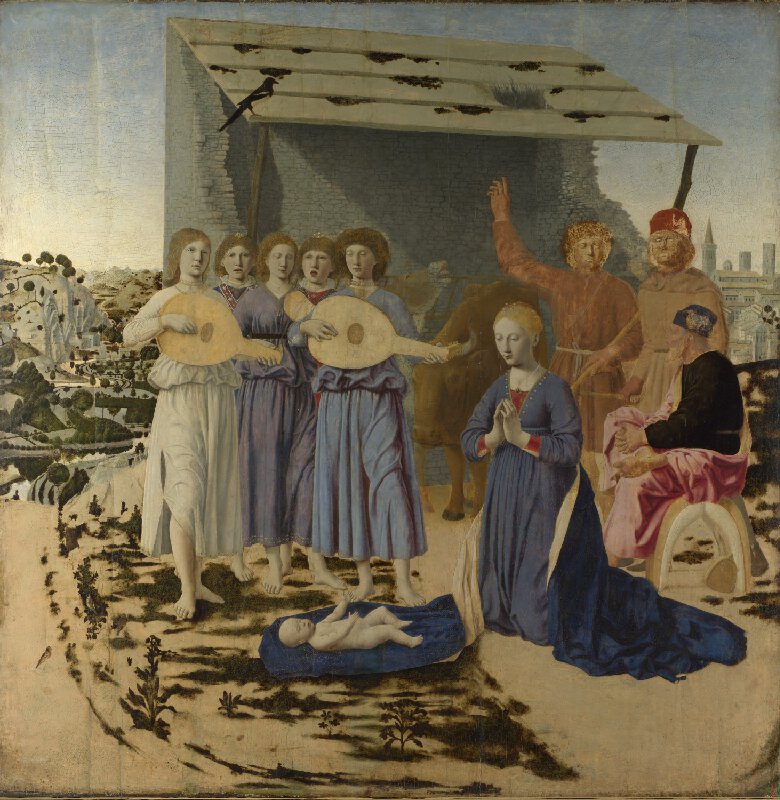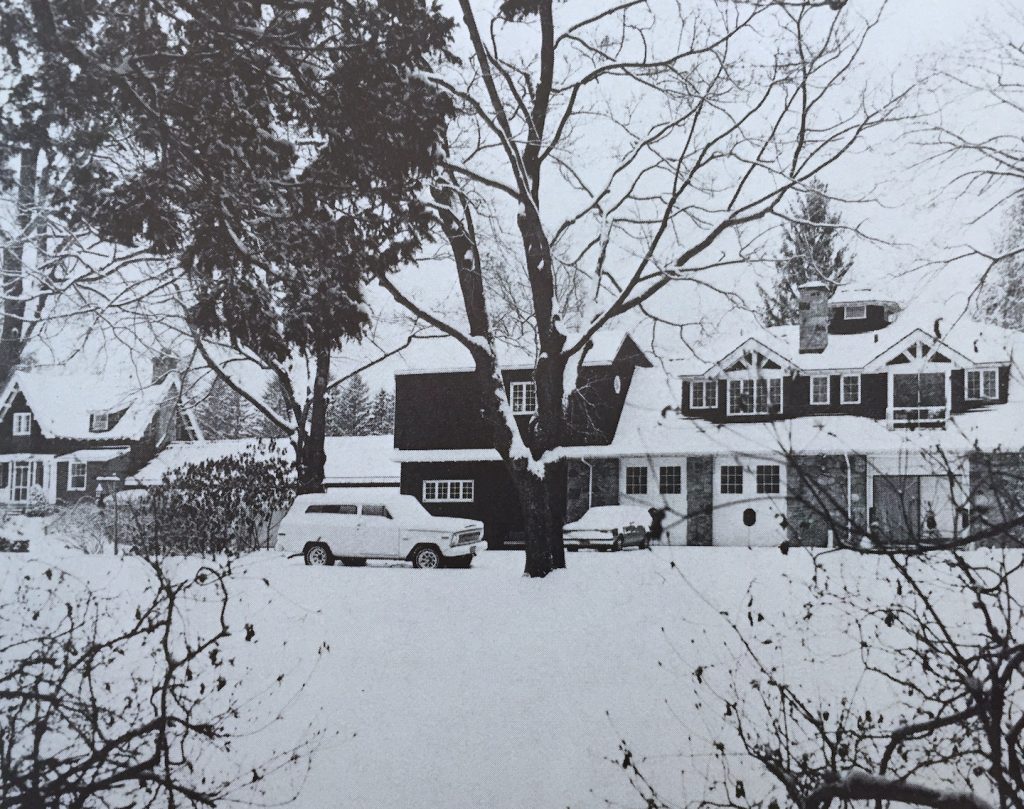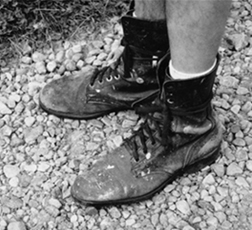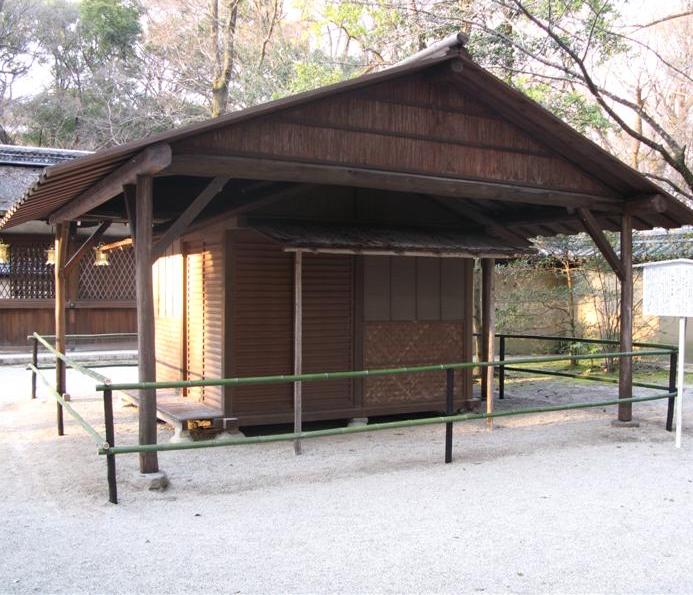December 24th, 2016 by dave dorsey

The Nativity, Piero della Francesca
‘A cold coming we had of it,
Just the worst time of the year
For a journey, and such a long journey:
The ways deep and the weather sharp,
The very dead of winter.’
And the camels galled, sorefooted, refractory,
Lying down in the melting snow.
There were times we regretted
The summer palaces on slopes, the terraces,
And the silken girls bringing sherbet.
Then the camel men cursing and grumbling
and running away, and wanting their liquor and women,
And the night-fires going out, and the lack of shelters,
And the cities hostile and the towns unfriendly
And the villages dirty and charging high prices:
A hard time we had of it.
At the end we preferred to travel all night,
Sleeping in snatches,
With the voices singing in our ears, saying
That this was all folly.
Then at dawn we came down to a temperate valley,
Wet, below the snow line, smelling of vegetation;
With a running stream and a water-mill beating the darkness,
And three trees on the low sky,
And an old white horse galloped away in the meadow.
Then we came to a tavern with vine-leaves over the lintel,
Six hands at an open door dicing for pieces of silver,
And feet kicking the empty wine-skins.
But there was no information, and so we continued
And arriving at evening, not a moment too soon
Finding the place; it was (you might say) satisfactory.
All this was a long time ago, I remember,
And I would do it again, but set down
This set down
This: were we led all that way for
Birth or Death? There was a Birth, certainly
We had evidence and no doubt. I had seen birth and death,
But had thought they were different; this Birth was
Hard and bitter agony for us, like Death, our death.
We returned to our places, these Kingdoms,
But no longer at ease here, in the old dispensation,
With an alien people clutching their gods.
I should be glad of another death.
–T.S. Eliot
December 21st, 2016 by dave dorsey

From Art Times:
In the summer, (Motherwell) lived and worked in a house on the harbor in Provincetown, Massachusetts. For most of the rest of the year he lived in a stone carriage house in Greenwich, Connecticut. In both places Motherwell created his abstract expressionist canvases and collages in houses that he redesigned to suit his own needs and those of his wife, photographer Renate Ponsold, and family. Both houses were spacious, casual, crammed with paintings and prints — his own and those of other major figures of his era . .
From a conversation taped in Provincetown in June 1986:
How important to you and your work is the place where you live?
RM: I was born in a seaport, and have always preferred to live in one. There is an old European saying that you dress for other people but eat for yourself. I feel the latter way about a home and couldn’t care less what anybody else thinks. What I like is informal, unpretentious – very much a studio feeling.
Have you always worked at home?
RM: From time to time I’ve been invited to work in California, Paris, wherever. I did it once and it was a disaster. I cannot work unless I’m surrounded by my own work and my own things. Most artists feel this way. You know the classic French artist’s studio was a wide room with beds and a kitchenette, slanting skylights and a little balcony. It’s not the bourgeois set-up with every room having an assigned function. The work going on in that open space is the essence of life. If you’re not home, near the studio, you can lose the best moments. There is something demonic about art that can’t be fitted into normal environments and sociability.
December 18th, 2016 by dave dorsey

SPACE
Art About the Between
Clay is molded to make a vessel, but the utility of the vessel lies in the space where there is nothing. Thus, taking advantage of what is, we recognize the utility of what is not. – Laozi
This is not a call for works about outer space. Rather it is a call for works which explore the subtler concept of the distances or spaces between things, or spaces which things occupy. Examples include, but are by no means limited to NEGATIVE SPACE, EMPTY SPACE, DISTANCE, POSITIVE SPACE, DEPTH, PERSONAL SPACE, and so on.
People often take space for granted, neglecting to respect its importance in defining our world and understanding of reality. Our interest in how this theme is addressed by visual art is broad, and artists may interpret it widely when selecting works to submit. This call is an open question seeking an answer about how artists address space as a subject, or key aspect in the design and creation of their work.
This theme is very open to interpretation and to any and all visual arts media.
Submission deadline: January 4, 2017
http://www.manifestgallery.org/space
PLACE
Art About Location
Designed to complement its sister exhibition, SPACE, this exhibit seeks works MORE
December 15th, 2016 by dave dorsey

Jim Mott at work
Some worthy notions from the mailbag, this time from Jim Mott, moderately incensed by a work of art he saw on a visit to the Memorial Art Gallery here in Rochester:
1
These thoughts were prompted by the MAG’s recent acquisition, a red sign that says “Knowledge is Power”. It has been mounted on the exterior of the museum, at the entrance. It is a jarring presence, an eyesore in what was one of the museum’s best parts. And the slogan itself is just very irritating in that context – a piece of empty visual noise, and the sad fulfillment of Tom Wolfe’s prediction for contemporary art in The Painted Word (1975): He noted that contemporary art had become so reliant on verbal theory that eventually words alone would be the visual art…
After a few days of extreme, maybe unreasonable, irritation, I did some research and found out the slogan was taken from a protest sign at Ferguson. <Jim went to Ferguson to paint for a bit on one of his itinerant tours. –dd> So it’s politically “relevant”…. But I think it’s idiotic for the acquisitions people not to see how the meaning has been lost – or worse – in the process of appropriation and decontextualization. It’s so opposite of what’s needed for art and for people viewing art. (I think I might not object much at all if the sign were inside, thoughtfully situated, with some contextualization. Maybe.)
2
Every artist – maybe every person – must feel, in childhood and youth, early stirrings of inspiration, intimations of power, glimpses of access to some great mystery that’s behind everything but usually hidden. The first question is, do you take it seriously, this elusive thing that no one else seems to notice or talk about? A sense of beauty and wonder and maybe later terror and uncertainty, all deep within, and deep without, maybe glimpsed in a dandelion, a speck of dust, a beam of light, frost crystals, the flight of a bird, the tone of someone’s voice… a significance barely there yet suddenly looming to a cosmic scale?
Do you serve the source or try to make it serve you? Is there a right answer? One, the other, neither, both?
I’m reminded of a conversation recounted by Dietrich Bonhoeffer in Letters and Papers From Prison. I read it in college. He said, when he was young, he had a friend in the church who wanted to become a saint. Bonhoeffer decided his ambition was to have faith. When I first read that I did not understand the significance of the choice. They were both abstractions and somehow did not feel relevant to me. So much was based on intuition back then; I did not have definitions for things.
Now I see how it might apply to anyone, of course, but particularly artists. It is about external status, worldly accomplishment versus relationship. Do you want to be a saint or have faith? Do you want to be famous, recognized, celebrated… or find ways to relate as transparently as you can to the source of your inspiration and to other people. Do you want your work to be bought by a museum or to move someone – not through sensation but through the realization of something deep or subtle shared.
The two are not of course mutually exclusive, even though I tend to think you must choose to give priority to one or the other. Sharing or relating – truly reaching people with your art can be enhanced by success, being collected, being deemed important. And in some cases art that effectively shares truth, beauty, inspiration, depth, wonder is taken seriously, does well in the marketplace. Sometimes there’s a hunger for it even there, if its packaged right. Although beware the hunger of the marketplace, that chews up and spits out and serves a power very different from the one that incites us to reverie and wonder.
Faith or honor, relationship or status. The people or the market. An artist should not have to dwell too much on such considerations, but a little bit, yes.
I think what bothered Jim most was the word “power” in the piece at MAG. My reaction would have been to be more skeptical about “knowledge.” The idea that visual art conveys “knowledge” puts it into a very Western, post-Enlightenment box, and constrains the way someone looks at the work, prompting them to ask of it certain things it may not have been meant to deliver–because it was busy conveying something more vital. Visual art is uniquely able to convey something far more encompassing than conscious knowledge strictly through perception, before thought can get to it.
December 12th, 2016 by dave dorsey
 Consider the lives of birds and fish. Fish never weary of the water; but you do not know the true mind of a fish, for you are not a fish. Birds never tire of the woods; but you do not know their real spirit, for you are not a bird. It is just the same with the religious, the poetical life: if you do not live it, you now nothing about it.
Consider the lives of birds and fish. Fish never weary of the water; but you do not know the true mind of a fish, for you are not a fish. Birds never tire of the woods; but you do not know their real spirit, for you are not a bird. It is just the same with the religious, the poetical life: if you do not live it, you now nothing about it.
–Kamo no Chomei, Hojoki (Ten Foot Square Hut)
The word painting could be substituted for “poetical” and Chomei’s thought would still apply.




 Consider the lives of birds and fish. Fish never weary of the water; but you do not know the true mind of a fish, for you are not a fish. Birds never tire of the woods; but you do not know their real spirit, for you are not a bird. It is just the same with the religious, the poetical life: if you do not live it, you now nothing about it.
Consider the lives of birds and fish. Fish never weary of the water; but you do not know the true mind of a fish, for you are not a fish. Birds never tire of the woods; but you do not know their real spirit, for you are not a bird. It is just the same with the religious, the poetical life: if you do not live it, you now nothing about it.